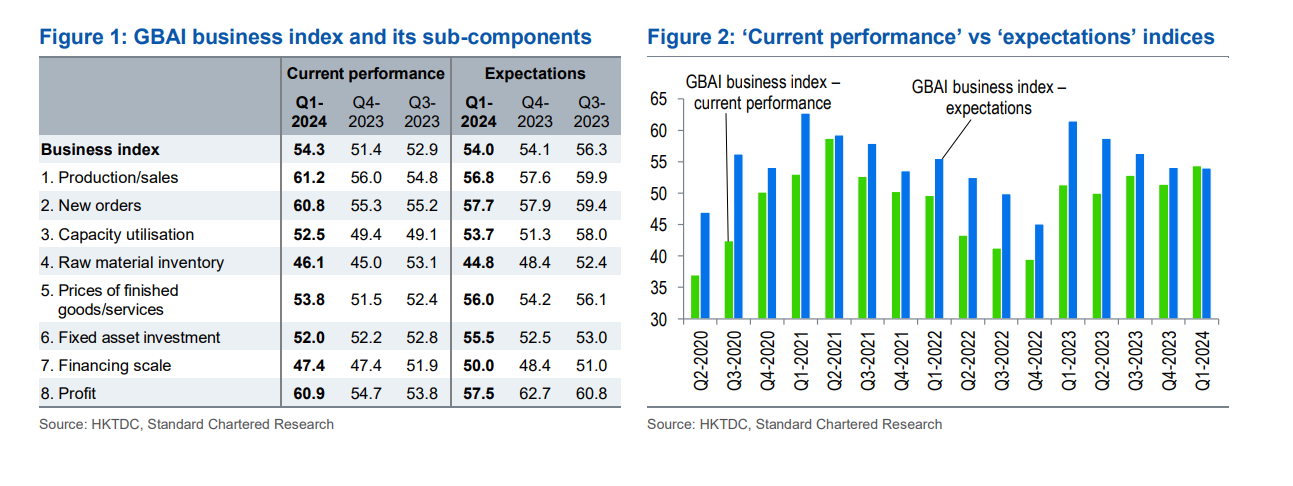Unveiling China's Government Bonds: Navigating the Nexus of Stability and Opportunity
China's government bonds have long been an integral component of the nation's financial landscape, serving as key instruments for financing government initiatives and managing monetary policy. As we delve into the dynamics of China's government bond market, it becomes evident that recent developments and trends underscore both opportunities and challenges for investors and policymakers alike.
Current Market Dynamics and Issuance Plans
In line with the government's commitment to bolstering economic growth and infrastructure development, China's National Development and Reform Commission (NDRC) and Ministry of Finance (MOF) have meticulously selected approximately 38,000 projects to receive support through local government special bonds in 2024. This initiative, reflecting the government's dedication to targeted investment, comes amidst a notable surge in demand, with special bond requirements estimated at around 5.9 trillion yuan for the year.
To meet this demand, China plans to issue 3.9 trillion yuan in special-purpose bonds for local governments in 2024, marking a significant increase from the previous year. This expansion underscores the government's proactive approach to leveraging bond issuance as a means to stimulate economic activity and foster sustainable development. Moreover, the focus extends beyond mere issuance to ensuring project quality, expediting construction, and optimizing fund utilization to maximize the impact of investments.
Central Bank's Role and Monetary Policy Considerations
Amidst discussions of liquidity management and monetary policy, China's central bank is poised to increase the trading of government bonds as a strategic tool. However, it is essential to delineate this approach from conventional quantitative easing (QE), as emphasized by officials and experts. While utilizing treasury bonds in the secondary market for liquidity management is a prudent measure, it does not signify a departure into QE territory.
Maintaining stability in monetary policy remains paramount, with experts highlighting the potential for slight cuts in policy benchmarks of interest rates in the latter half of the year. This cautious approach aligns with China's commitment to prudent economic management and avoids the pitfalls associated with aggressive easing measures, such as prolonged inflationary pressures.
Foreign Investor Interest and Market Dynamics
China's domestic bond market continues to attract foreign investors, with net purchases of yuan-denominated government bonds reaching significant levels in recent months. Foreign investors, leveraging derivatives to hedge currency risks, are drawn by the allure of deflationary pressures and falling interest rates in the Chinese market. This influx of foreign capital, coupled with strategic hedging strategies, underscores confidence in China's economic trajectory and the attractiveness of its bond market.
Despite external challenges, including Moody's Investors Service's downward revision of China's sovereign bond outlook, yields on Chinese government bonds have remained resilient. The government's proactive issuance strategies, combined with strong foreign inflows, have contributed to the stabilization of yields and bolstered investor sentiment.
Outlook and Implications
Looking ahead, the trajectory of China's government bond market hinges on a delicate balance of economic fundamentals, policy dynamics, and external factors. As the government continues to navigate economic headwinds and pursue targeted stimulus measures, investors must remain vigilant to evolving market dynamics and policy pronouncements.
In conclusion, China's government bonds represent a cornerstone of the nation's financial architecture, embodying both stability and opportunity amidst a dynamic global landscape. By adhering to principles of prudent economic management and fostering transparency and resilience in the bond market, China stands poised to navigate challenges and seize opportunities in the years ahead.






















































First, please LoginComment After ~